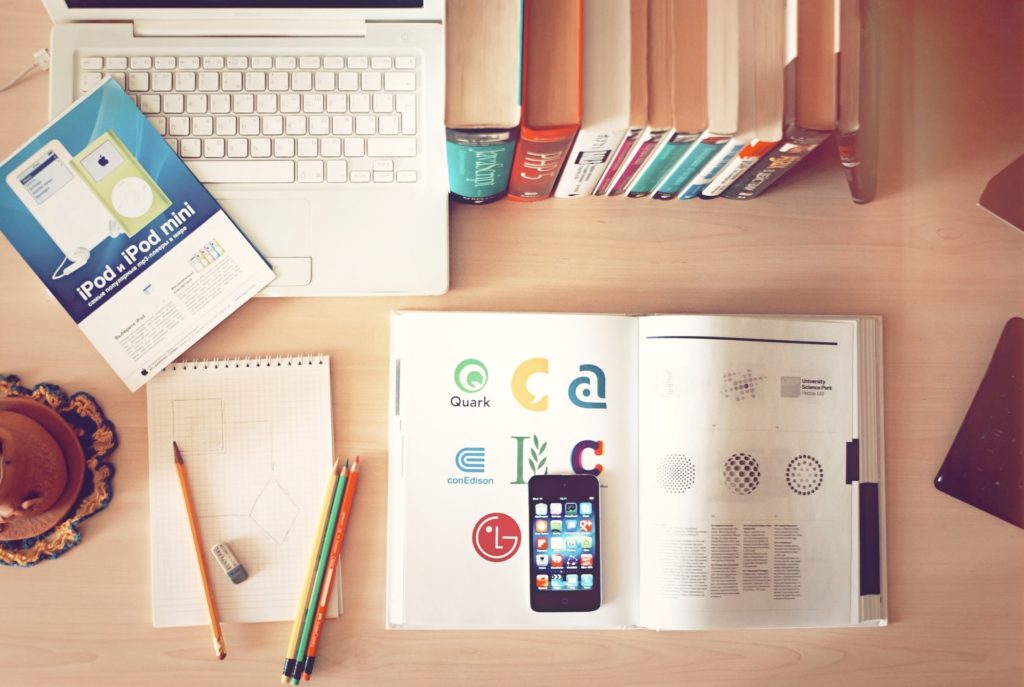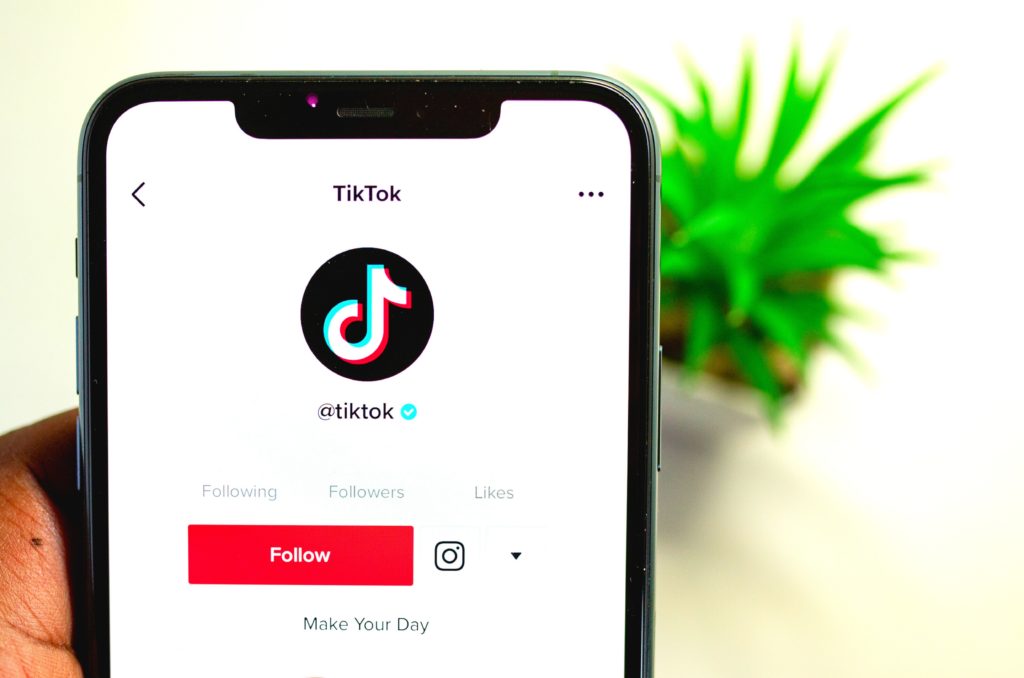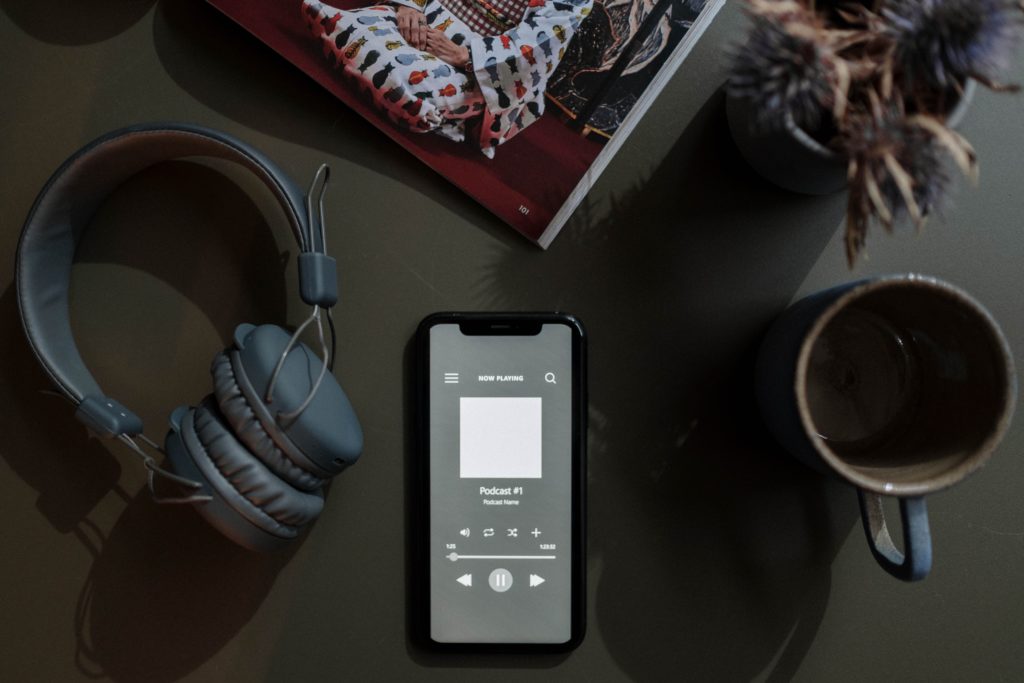HOW TO PROMOTE A PRODUCT: PACKAGING DESIGN TIPS
Product packaging design is an important part of the overall corporate identity. Its purpose is to draw attention to the product it promotes and create a unique visual identity and style by which the brand will be recognized.
Although the proverb says that we should not judge a book by its cover, research shows that customers do. Whether we want to admit it or not, many of us make decisions, when buying products, based on the look of the packaging. We may have been drawn in by the colors, or maybe the message, the image, or the name of the product, but we made the decision based on its appearance, not its content. The design drew us in, gave us the necessary information and the decision was made. That is the power of packaging design. It is especially important for new products and those in categories where there is high competition. Packaging design is the first impression and the first contact between a potential customer and your product.
So, in this blog we will focus on this aspect of the design.
WHAT IS PACKAGING?
Packaging is the process of designing and manufacturing materials that enclose or protect a product for distribution, sale, and use. Packaging can be made of various materials, such as cardboard, plastic film, glass or metal. Packaging can also be used to aid in distribution and logistics. It should be designed in a way that makes it easier for carriers to pack and unpack the product while in transport.
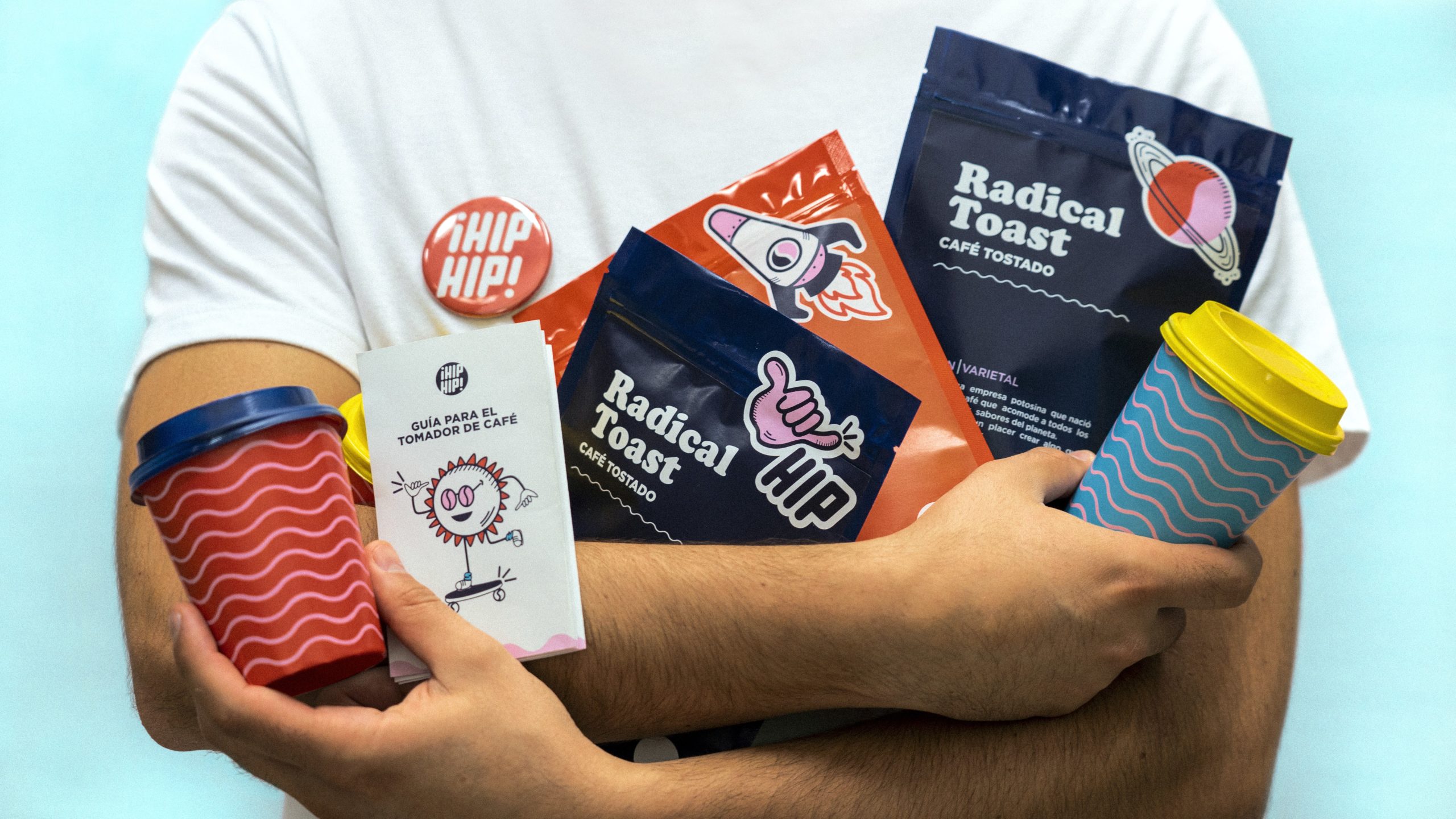
WHAT IS PACKAGING DESIGN?
Packaging design includes everything from making the look of the package itself (type of material, shape, etc.) to its external graphic look (choice of colors, fonts, images, etc.). It is the process of creating visual, physical and tactile sensations. Packaging design differs from other forms of design thanks to its focus on the actual consumer experience.
Today, many people know the importance of creating a product or service, but few think about the importance of creating packaging for their brand. Packaging design is not just an aesthetic choice, but it is about communicating your brand and its key selling points as clearly as possible.
A well-designed packaging design has a big impact on how customers perceive the product and the company behind it. The goal of the design is to create a recognizable visual identity that will not only attract new customers, but also create lasting visual recognition and so strengthen the brand identity of the product and the company.
The importance of product packaging design is undeniable, in fact, if a product does not have an attractive packaging we will probably not buy it, either online or in a store. We will often not even notice a bad design. Even if we do notice it, it will not instill confidence in the quality of the product it represents. Quality packaging design is not only important as an aesthetic addition to the product, but is its main representative.
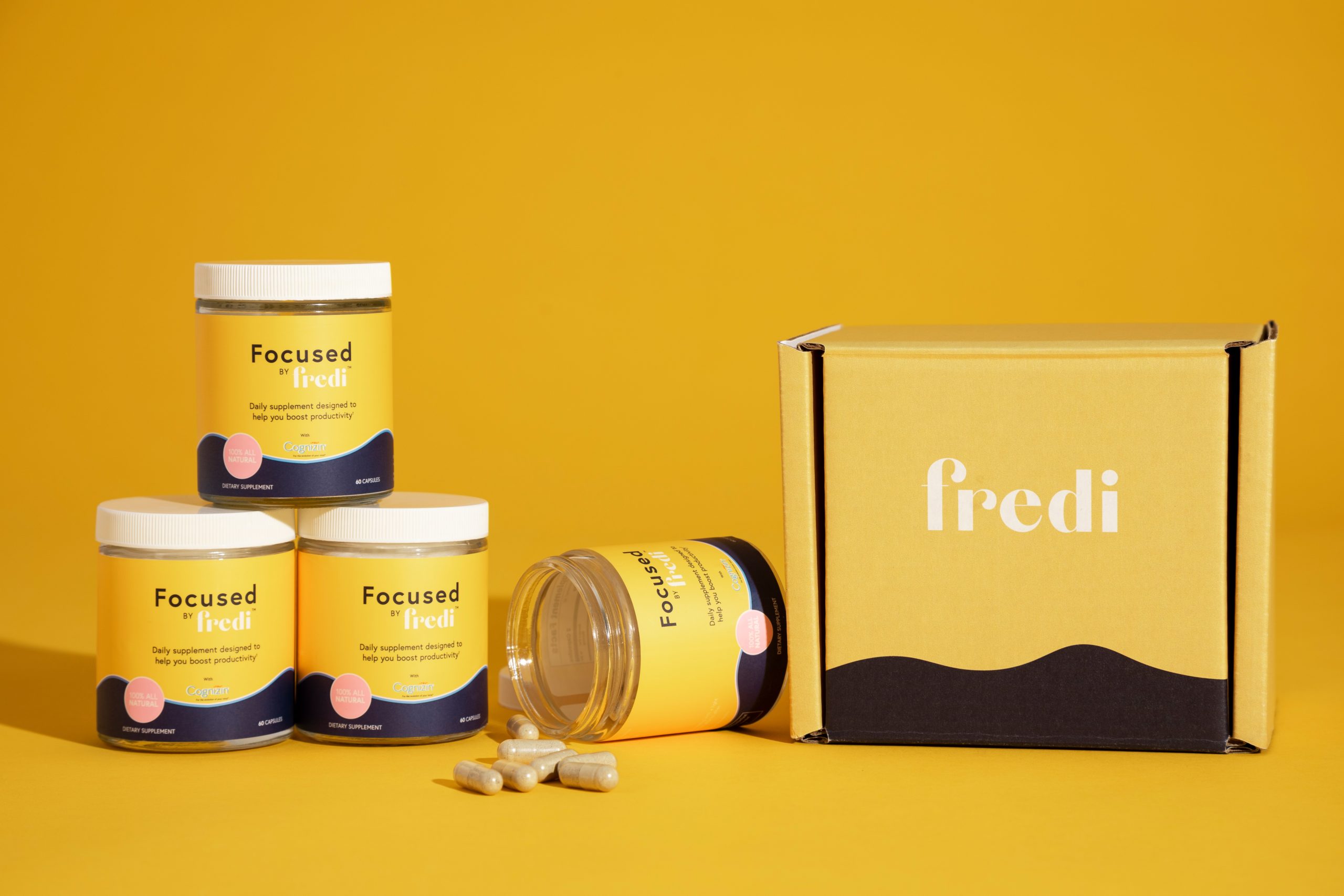
WHAT GOOD DESIGN SHOULD CONTAIN
While there are many things to consider, remember that the goal is to help your customers better understand your company, products, and brand. Following some basic design guidelines will help you create a custom identity for your company. It is also important to find a balance between promotional and functional features. The promotional feature draws attention to the product and can be anything noticeable, such as bright colors or unusual designs. The functional feature makes it easier for the consumer to use the product, such as a carrying handle or slot for easy opening.
Research
Packaging design begins with gathering information about the product such as its features, benefits, and manufacturing details in order to create an effective design. This also includes researching the target audience, their preferences so that these and other important elements can be reflected in the design itself.
The designer should conduct sufficient research on the brand, product and market competitors before designing any packaging. Packaging itself is not an isolated product, it must reflect the identity and values of the entire brand of the company. This creates an effective visual representation of the company and the product.
CHOOSE THE APPROPRIATE MATERIAL AND SHAPE
Think about where your product will be sold and what customers expect – is it practical to use a paper bag or do you need something more durable? Is the product expensive enough to guarantee luxury packaging? How will it be used? Before selecting the appropriate materials, all the key elements of the product should be identified and a decision made that is appropriate to the product and the audience for which it is intended.
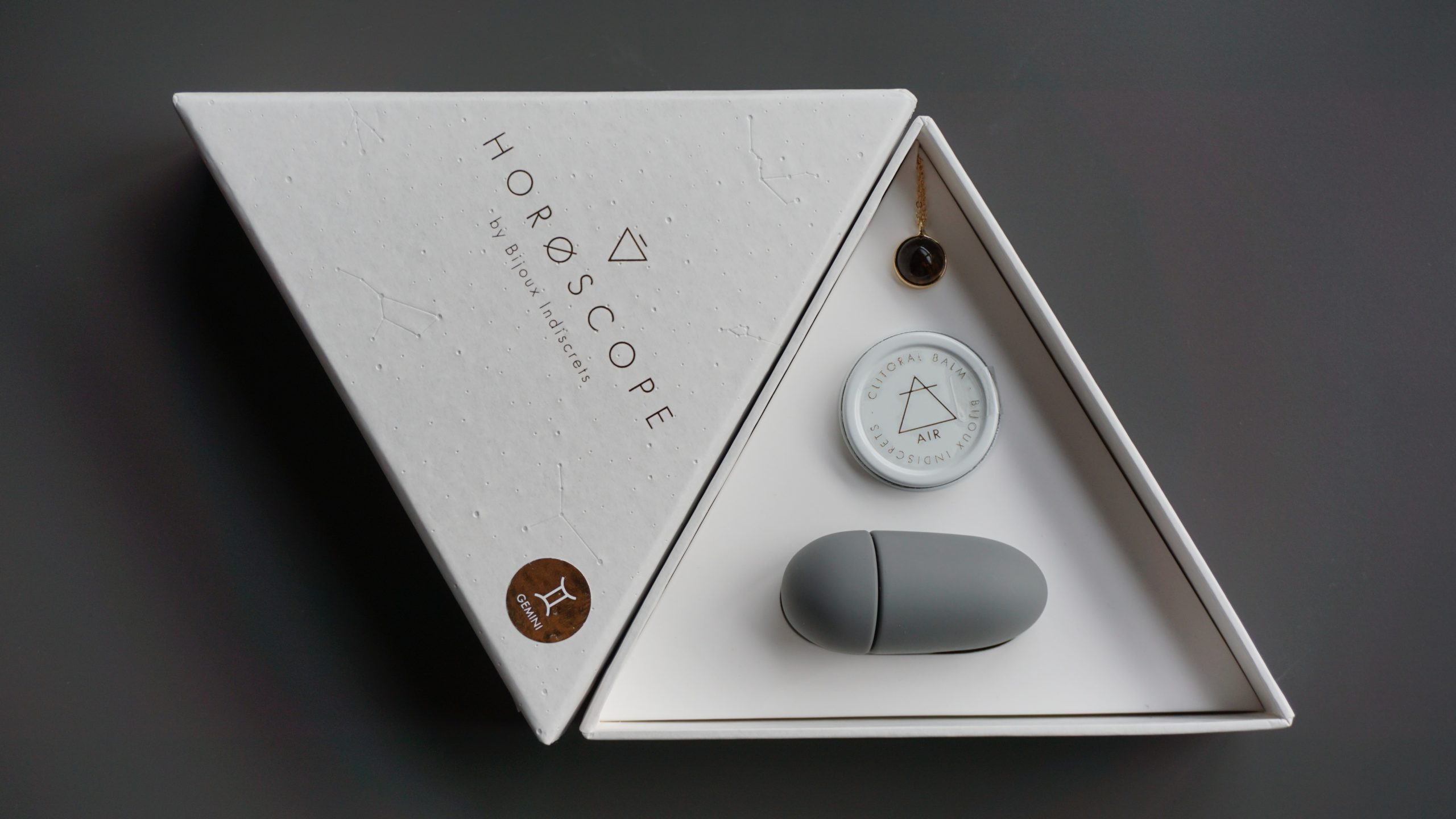
DESIGN SHOULD BE SIMPLE AND MESSAGE CLEAR
When it comes to packaging design, less is more. Simple and harmonious designs are much more efficient than cluttered ones. Remember that you want to convey the message to the customer as quickly and clearly as possible. When looking at the packaging, it should be clear what is in the packaging. No one wants to spend time reading each package in detail or trying to figure out what kind of product it is. The product should be in the foreground, not the design. Design is there to represent the product, not the other way around.
KEEP IN MIND WHO YOUR TARGET MARKET IS
Not every design is suitable for every product and every audience. It is important that the designer understands the target audience well before making the packaging. In this way, he will create a design that not only looks good, but will increase its attractiveness to potential buyers.
USE HIGH QUALITY PICTURES AND GRAPHICS
One of the most important elements of any design are photographs and design elements. Just think how many times a day each person looks at a picture: on social networks, television or the Internet. Nowadays, customers know how to immediately recognize a quality photo because they are surrounded by them every day. If they see a product on the shelves or on an ad on the Internet that has quality photos, like the ones they are constantly exposed to, they will want to take a closer look at the product, and maybe even buy it. If the photos and design are elements of poor quality or do not match the aesthetics of today’s society, the customer will just skip the product.
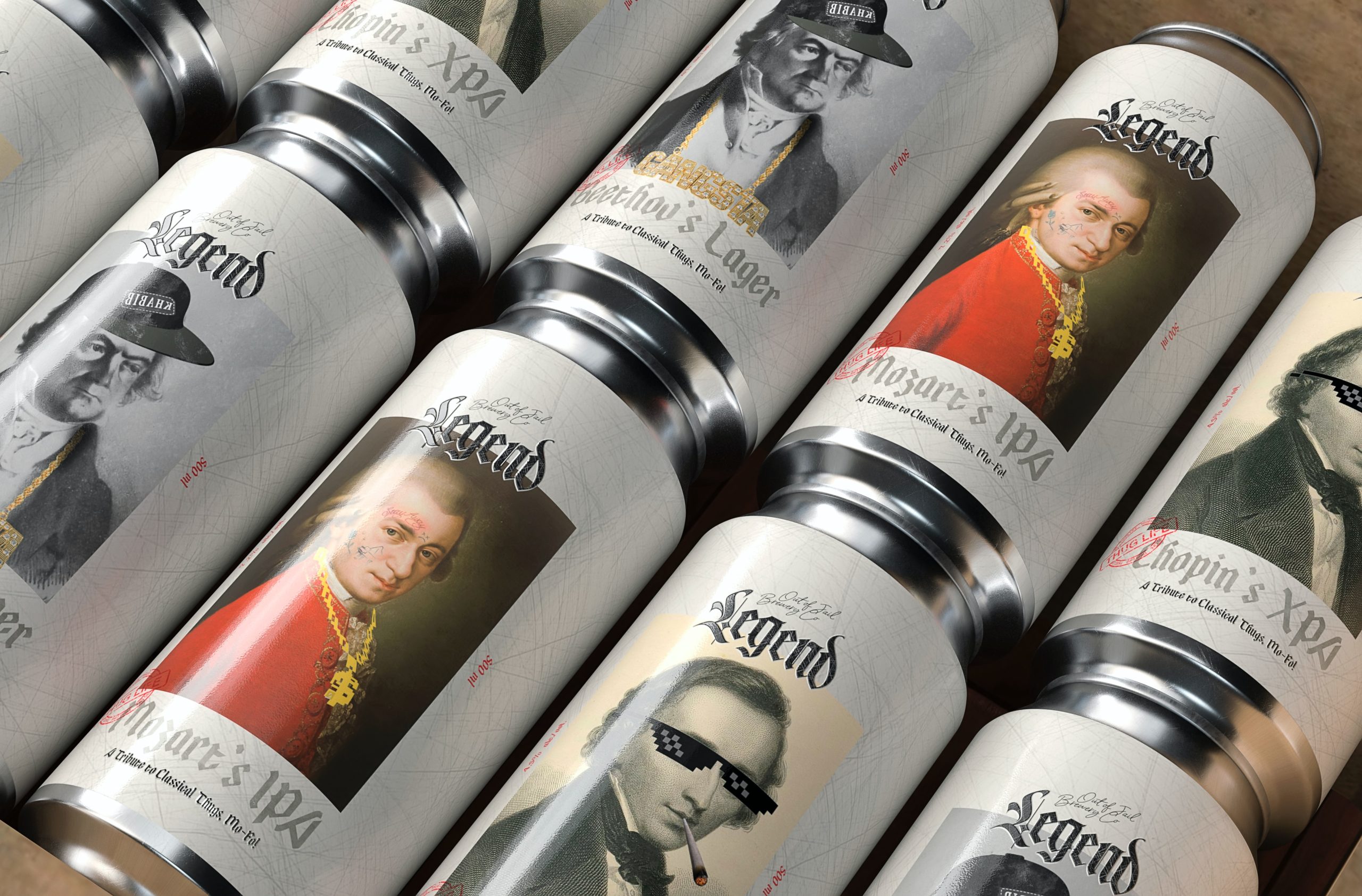
AVOID USING TOO MUCH TEXT
While you may be tempted to cram your product with text out of a desire to explain all the qualities of the product to the customer right on the product itself – don’t. Too much text makes the design cluttered, illegible, so the main messages gets lost in the clutter and can lead to the product not being picked up buy the customer. The text should be clear, give all the necessary information about the product, including the one determined by law, which we wrote more about in our blog about label design, but nothing more than that. Follow the rule that the name and short description of the product, slogan and company logo are the main text on the product.
CHOOSE THE RIGHT COLORS
People tend to notice colors before they notice anything else. For this reason, it is important to put special emphasis on color selection. Color can attract attention, but it can also convey a message or create an emotional reaction.
Because of that choosing a color is an important marketing decision that should follow the look of the entire brand, the company and its products so that it creates a clear and recognizable identity. If you want to know more about how to choose the right color palette, read our color theory blog.
USE FONTS THAT ARE EASY TO READ
The use of appropriate fonts in packaging design is extremely important. Customers have limited time to read the text on the packaging, because of that we want the text to be noticeable but simple so that it is easy to read from a distance and quickly. Avoid decorative letters, and use letters of simple lines. You can read more about fonts, their importance and types in our typography blog.
CONCLUSION
Don’t forget that packaging design is not just how something looks, but how the product will be used and how customers will experience it.
Although packaging design is a much more complex process than this short description, we hope we have brought you closer to the importance of design and explained what are the things you need to pay attention to in order for your design to be successful.



